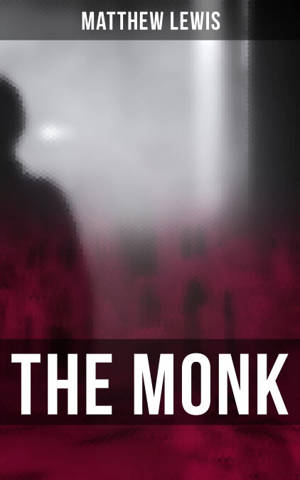
Je cadeautjes zeker op tijd in huis hebben voor de feestdagen? Kom langs in onze winkels en vind het perfecte geschenk!
- Afhalen na 1 uur in een winkel met voorraad
- Gratis thuislevering in België vanaf € 30
- Ruim aanbod met 7 miljoen producten
Je cadeautjes zeker op tijd in huis hebben voor de feestdagen? Kom langs in onze winkels en vind het perfecte geschenk!
- Afhalen na 1 uur in een winkel met voorraad
- Gratis thuislevering in België vanaf € 30
- Ruim aanbod met 7 miljoen producten
Zoeken
Omschrijving
Matthew Lewis's 'The Monk' is a gothic novel that explores themes of religion, morality, and the consequences of unchecked desires. Set in 16th-century Spain, the book follows the downfall of Ambrosio, a virtuous monk whose innocence is corrupted by the temptations of a beautiful woman and the allure of black magic. Lewis's writing style is characterized by its vivid descriptions of macabre events and its exploration of the darker aspects of human nature, making 'The Monk' a prime example of gothic literature. The novel's controversial content and shocking scenes caused quite a stir upon its publication in 1796, cementing its status as a classic of the genre. Matthew Lewis, a British writer and politician, drew inspiration for 'The Monk' from his interest in gothic literature and the supernatural. His own experiences and observations of the society of his time likely influenced his portrayal of moral ambiguity and corruption in the novel. I recommend 'The Monk' to readers who have a taste for gothic fiction and enjoy delving into the complexities of human morality and desire.
Specificaties
Betrokkenen
- Auteur(s):
- Uitgeverij:
Inhoud
- Aantal bladzijden:
- 322
- Taal:
- Engels
Eigenschappen
- Productcode (EAN):
- 9788027247172
- Verschijningsdatum:
- 20/12/2018
- Uitvoering:
- E-book
- Beveiligd met:
- Digital watermarking
- Formaat:
- ePub

Alleen bij Standaard Boekhandel
+ 1 punten op je klantenkaart van Standaard Boekhandel
Beoordelingen
We publiceren alleen reviews die voldoen aan de voorwaarden voor reviews. Bekijk onze voorwaarden voor reviews.









